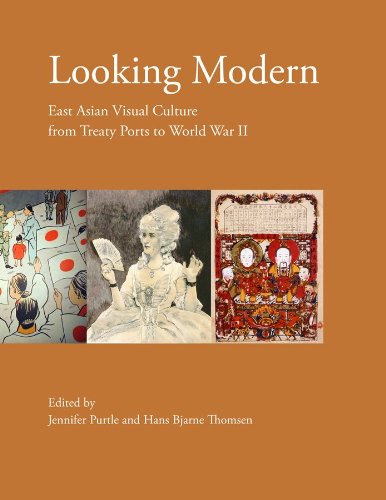Far from home: Western architecture in China's northern treaty ports
Description
Western classical architecture first entered China through the Jesuit churches built in Macao in the late sixteenth century, designed by Carlo Spinola. During the mid-eighteenth century, Italian painter Giuseppe Castiglione introduced Baroque design to the imperial garden in Beijing. After a series of military defeats, mainly the two Opium Wars (1840-1842, 1856-1860), that forced China to open its ports to Western merchants, classical architecture - the Greco-Roman-based design mode - gradually gained more visibility. The buildings along Shanghai's Bund designed by Western architects epitomized this early presence of Western classical architecture in China. Although classical architecture may have had a forced entry into China, its presence in the early decades of the twentieth century nevertheless symbolized the country's awakening from a decaying dynastic society. The accompanying classicist design method also inspired a generation of architects to promote nationalism through revitalizing and monumentalizing China's own classical architecture. Notably, the students returning from the Boxer Rebellion Indemnity Scholarship Program disseminated the classicist method in China. After the Communist victory in 1949, Western ideology was officially denounced and Western architectural styles became inappropriate for China's socialist ideology, although one may still see the reminiscent influence of classical architecture in the lofty colonnade of the Great People's Hall (1959) in Tiananmen Square, designed by a team from the Beijing Building Design Institute led by Zhang Bo. This brief surge of classicism was because in the first decade of the People's Republic (1949-1959), the Soviet socialist ideology, which encouraged architects to use classicist method to achieve socialist monumentality, influenced architecture in China.
Price history chart & currency exchange rate

















![Seashores of Northern and Central California [first edition]
Seashores of Northern and Central California [first edition]](http://pictures.abebooks.com/isbn/9781551051444-us.jpg)







![Northern Lights; an Illustrated History of Minnesota Power [first edition]
Northern Lights; an Illustrated History of Minnesota Power [first edition]](http://pictures.abebooks.com/isbn/9780961530501-us.jpg)









